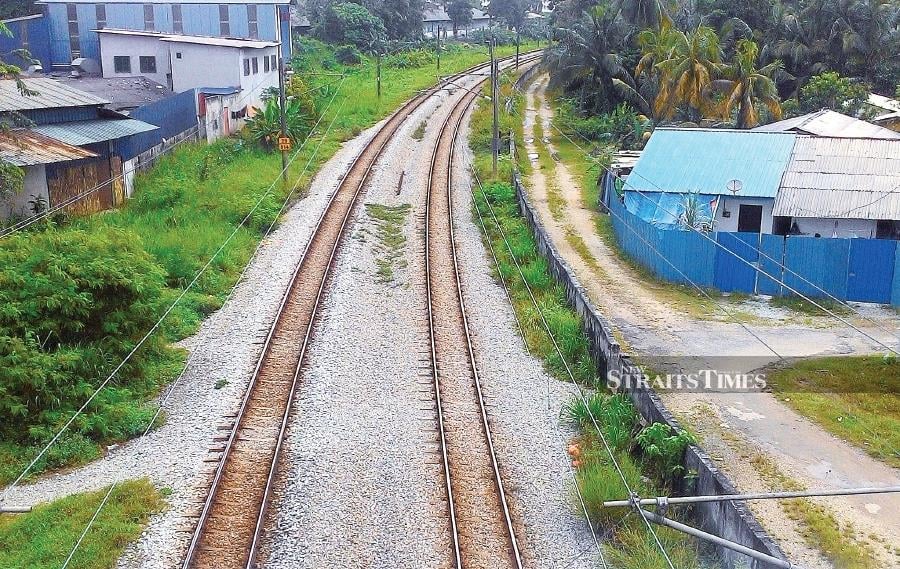KUALA LUMPUR: The Railway Assets Corporation (RAC), which is responsible for managing the country's railway assets, is set to embark on extensive land development projects outside of Kuala Lumpur in collaboration with property companies.
The corporation has been actively issuing requests for proposals (RFP) for railway land development across multiple states, according to its chief executive officer Datuk Azhar Ahmad.
Last year, RAC announced 10 new railway land locations across Penang, Johor, Selangor, Kuala Lumpur, Perlis and Kelantan, totaling 149.51 hectares, offering significant development potential of more than RM2 billion.
Azhar said RFPs for these sites have been issued to developers, with evaluations currently underway.
RAC and the Penang Housing Board signed a memorandum of understanding (MOU) two months ago, which will result in a significant makeover for Kampung Manis, one of the poorest squatter communities in the state situated on RAC-owned railway land.
Three plots of land, totaling 14.86 hectares had been gazetted for industrial and transport development purposes. Butterworth's Kampung Manis will be modernised and include a number of mixed-use development projects.
In Johor, the Kempas Central ttransit-oriented development (TOD) is envisioned as the beating heart for commerce and communities in Johor Bahru's northern expanse, while seamlessly linking international and regional ties.
As a catalyst for the revitalisation of Kempas, it is poised as a bustling epicenter of business and commerce while offering a captivating lifestyle haven.
"We will soon be inviting proposals for the development of 20.8 acres of railway land in Seremban, Negri Sembilan, which will focus on creating a TOD called Seremban Sentral," Azhar told Business Times.
Private developers have long shown interest in developing RAC's assets, worth RM50.614 billion according to the Valuation And Property Services Department's (JPPH) valuation in 2020. These assets comprise vast land holdings, buildings, stations, depots, and railway infrastructure.
According to the valuation, RAC owns 12,559 hectares of land worth RM37.5 billion, and about 20 per cent is available for potential development. A substantial amount it for railway tracks and associated facilities.
Operating under the supervision of the Transport Ministry, RAC's strategic land holdings carry significant value.
Business Times reported in 2019 that RAC had intended to undertake TODs and reinvest in the railway industry and infrastructure.
This strategy, geared towards enhancing railway stations and tracks while supporting Keretapi Tanah Melayu Bhd (KTMB) in acquiring rolling stock and conducting maintenance, has gained momentum through various memoranda of understanding and development agreements.
Azhar emphasised RAC's commitment to driving TODs in urban areas to alleviate congestion in city centres.
"Our aim is to enable people to purchase homes in transit-friendly areas, reducing the reliance on personal vehicles for commuting. We want to do this to help reduce congestion in city areas," he said.
Azhar added that the TODs will feature affordable housing.
Meanwhile, the National House Buyers Association (HBA) urged policymakers to collaborate with RAC in leveraging its land holdings on the outskirts of Kuala Lumpur for development.
HBA honorary secretary-general Datuk Chang Kim Loong emphasised RAC's ownership of railway assets and vast tracts of development-friendly land, advocating for the development of areas surrounding various railway station towns to diversify national development efforts.
Chang cautioned against further saturating Kuala Lumpur's city centre with high-end condominiums and commercial buildings, stressing the need to address issues of overhang and low occupancy.
He highlighted studies showcasing the adverse effects of urban migration and emphasised the importance of developing other regions to balance employment opportunities and alleviate population concentration in the Klang Valley.





